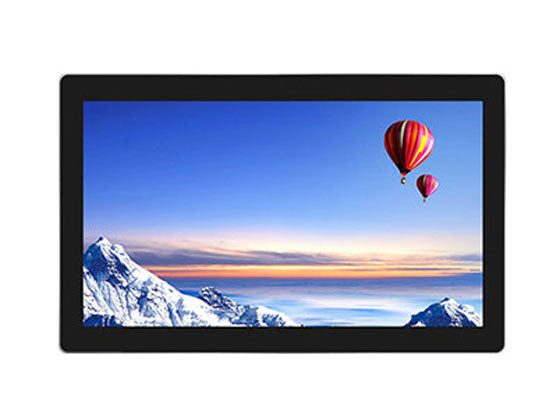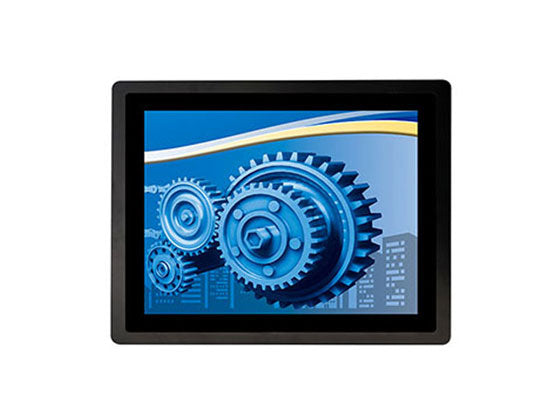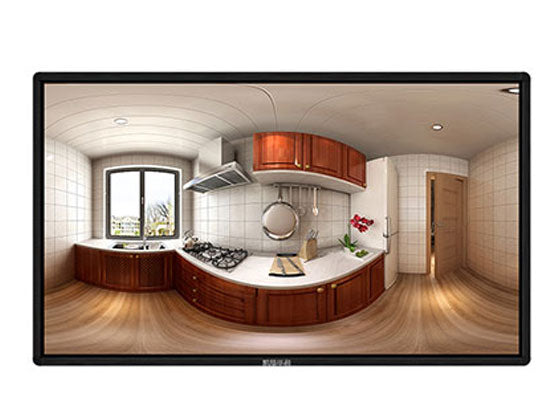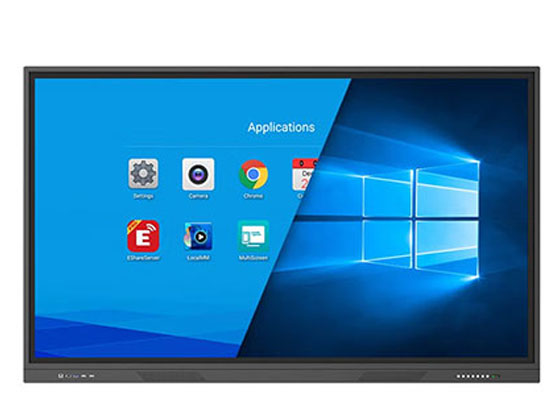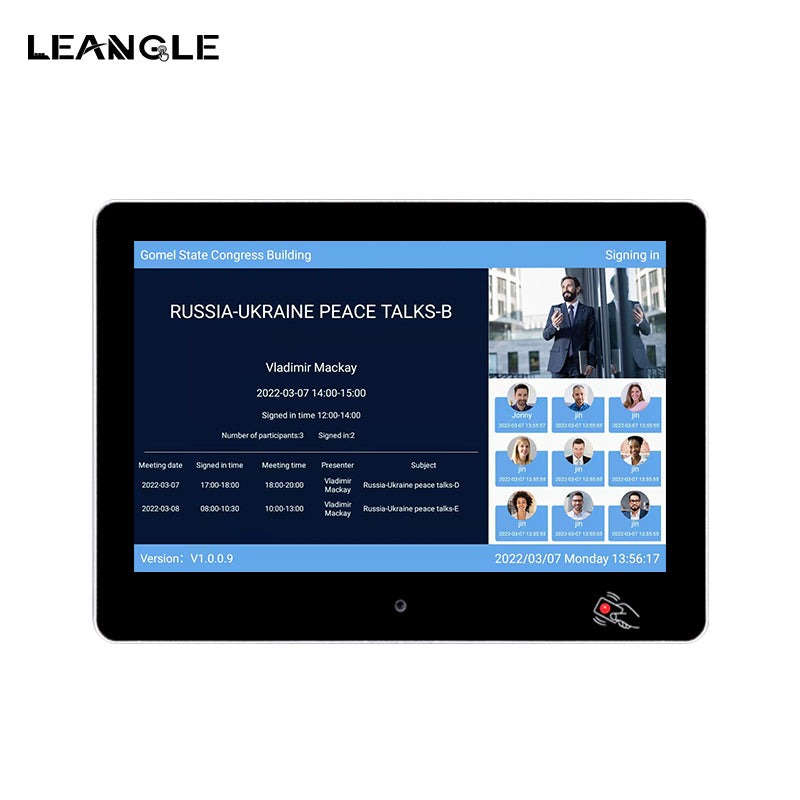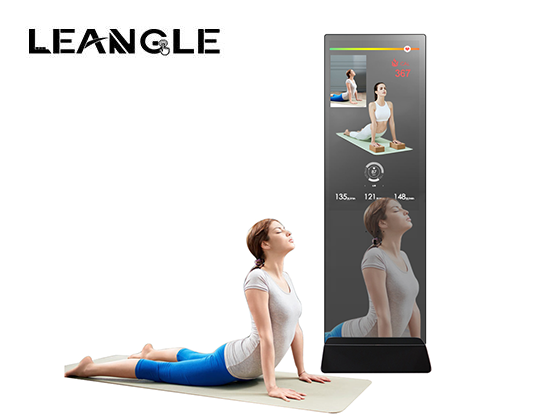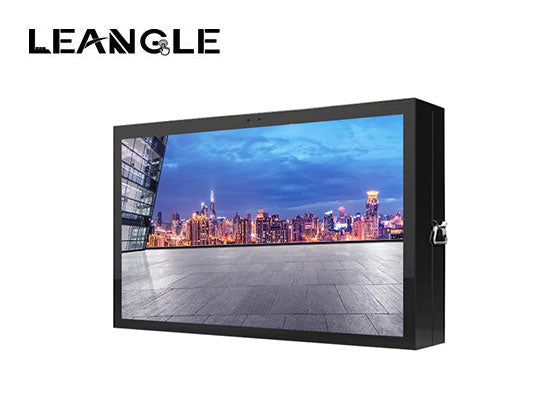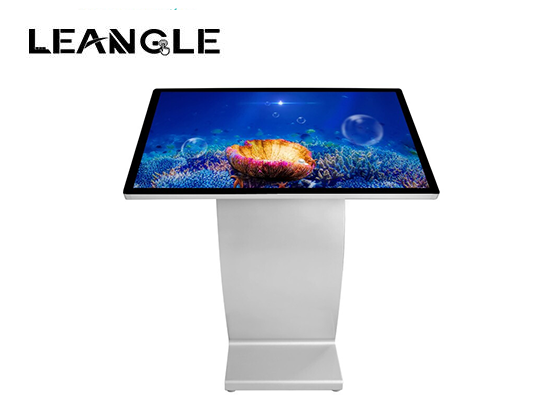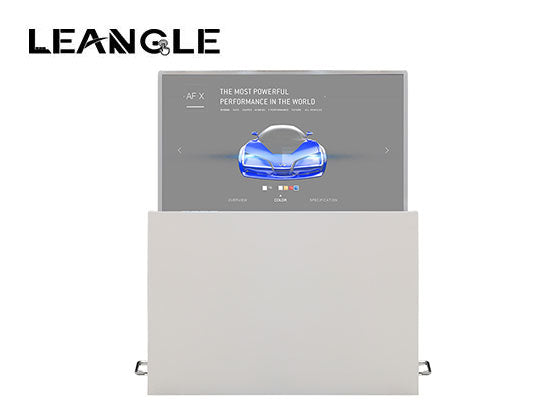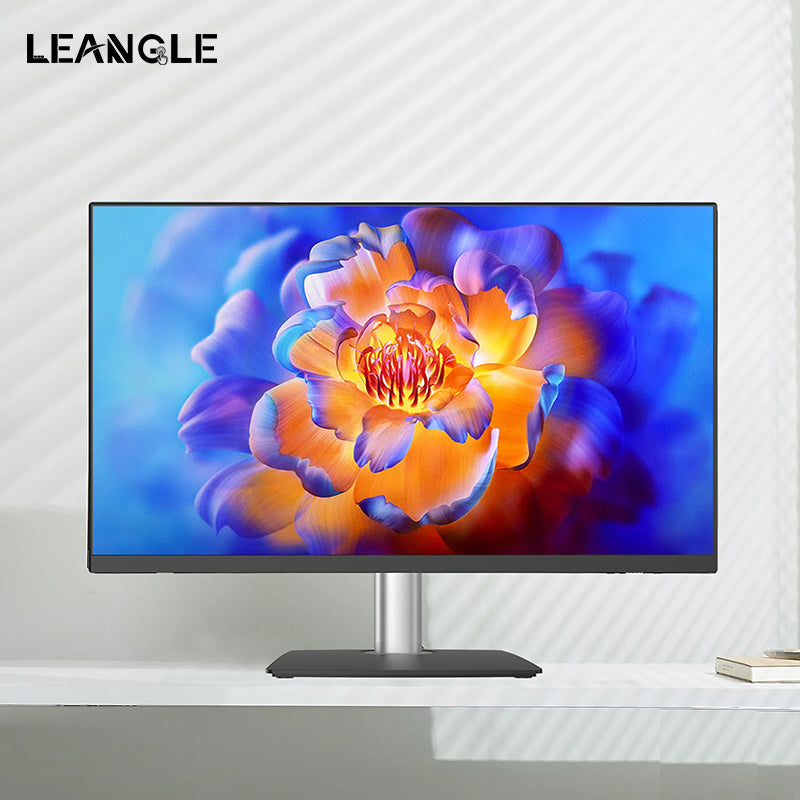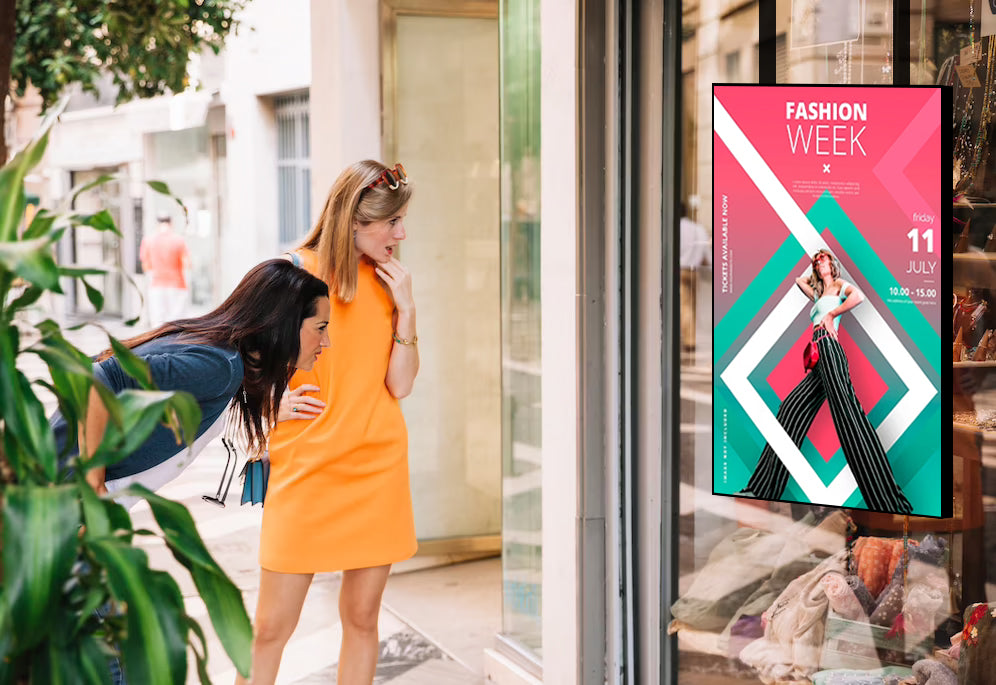Why Digital Menu Boards Are Revolutionizing the Food Industry
Imagine increasing your average order value by 18% while cutting menu update costs by 90%. This isn't fantasy—it's what today's digital menu boards deliver for forward-thinking restaurants. At Leangle, we've engineered the most advanced digital signage solutions to help eateries from fast casual to fine dining transform their customer experience.
In this comprehensive guide, you'll discover:
-
The science behind digital menu psychology
-
Technical specifications that matter
-
Real-world ROI from industry leaders
-
Future trends are changing how we order food
Key Benefits of Leangle Digital Menu Boards
1. Dynamic Menu Management
-
Cloud-based updates in seconds (no more printing costs)
-
Daypart automation (breakfast/lunch/dinner transitions)
-
Real-time inventory sync (automatically grays out sold-out items)
Case Study: Burger Chain X saw 27% larger orders after implementing AI-powered combo suggestions.
2. Stunning Visual Performance
| Feature | Leangle Advantage | Industry Standard |
|---|---|---|
| Brightness | 2500 nits (visible in direct sun) | 1500 nits |
| Color Accuracy | 95% DCI-P3 (vibrant food colors) | 70% NTSC |
| Viewing Angle | 178° (clear from any position) | 160° |
| Refresh Rate | 120Hz (smooth video) | 60Hz |
3. Robust Hardware Design
-
IP65-rated (withstands kitchen grease and steam)
-
-30°C to 60°C operating range
-
Anti-glare coating reduces reflections
-
Modular design for easy upgrades
5 Psychological Tricks That Increase Sales
![Menu Psychology Infographic]
(Alt text: "Visual breakdown of digital menu board strategies that boost restaurant revenue")
-
The "Goldilocks" Effect
Place high-margin items between premium and budget options (increases selection by 22%) -
Strategic Color Use
-
Red triggers appetite (use for signature items)
-
Green implies freshness (salads/vegan options)
-
Gold suggests premium quality
-
-
Animated Spotlighting
Gentle pulsating on chef's specials increases orders by 31% -
Social Proof Elements
"Most Popular" badges boost conversion by 18% -
Combo Logic
"Frequently paired with..." suggestions increase add-ons by 33%
Technical Specifications That Matter
Display Technology Comparison
| Type | Best For | Lifespan | Energy Use |
|---|---|---|---|
| LED Backlit LCD | Most restaurants | 50,000 hrs | 150W |
| Direct View LED | Drive-thrus | 100,000 hrs | 300W |
| OLED | Luxury venues | 30,000 hrs | 200W |
Must-Have Connectivity
-
HDMI 2.1 (for 4K video)
-
USB-C Power Delivery (single-cable solution)
-
PoE+ (power over Ethernet for clean installs)
-
Wireless Mirroring (for temporary specials)
Real-World ROI Breakdown
Cost Comparison (3-Year Period)
| Expense | Traditional Menu | Digital Menu |
|---|---|---|
| Printing | $9,600 | $0 |
| Labor Updates | $7,200 | $600 |
| Increased Sales | +0% | +22% |
| Total | $16,800 | +$94,500 |
*Based on 250-seat casual dining establishment*
Future Trends in Digital Menus
-
AI-Powered Personalization (2024)
-
Face recognition suggests your "usual order"
-
Dynamic pricing based on demand
-
-
Augmented Reality Menus
-
View 3D food models before ordering
-
Virtual nutrition info overlay
-
-
Haptic Feedback
-
Tactile response when selecting items
-
Vibration confirms order submission
-
Common Concerns—Debunked!
"Too expensive to implement"
→ Payback period averages 5.2 months (QSR Magazine)
"Customers won't like it"
→ 68% prefer restaurants with digital menus (NRA 2023 Survey)
"Hard to maintain"
→ Our systems have 92% fewer service calls than industry average

